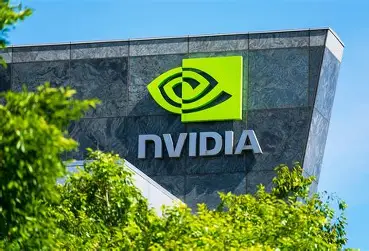Evaluating Nvidia Value After Q2 Earnings
Evaluating Nvidia Value After Q2 Earnings reveals why the AI-chip giant remains a bellwether for investor enthusiasm—and how its future may hinge on both innovation and geopolitics.
Record-Shattering Revenue Versus Investor Caution
Nvidia delivered jaw-dropping financials for the second quarter of fiscal 2026, reporting revenue of $46.7 billion, a stupendous 56% increase over the same period last year. Non-GAAP earnings per share landed at $1.05, just surpassing analyst forecasts. While these figures sound bullish, investor enthusiasm cooled—shares slipped by 2–3% after hours as markets digested finer details.
What’s behind this hesitation? The data center business—a key margin driver—grew 56% year-over-year to around $41.1 billion, yet still came in shy of lofty expectations. And though earnings beat consensus, the slower sequential growth signaled a slight deceleration in the AI chip boom.
China—Opportunity, Uncertainty, and Risk
A central theme overshadowing the latest earnings is Nvidia’s complex situation in China. While the Trump administration reversed a ban on its H20 chips to China, shipments didn’t materialize in Q2 due to pending regulations and licensing complexities. Nvidia’s projections notably exclude China H20 sales, which could clock in an additional $2–$5 billion if finally permitted.
Still, the potential remains immense. The company views China as a $50 billion opportunity, underscoring its global AI influence and the stakes of U.S.-China tech policy.
Blackwell Ultra & Buybacks Boost Optimism
On the product front, Nvidia is riding high with its next-gen Blackwell Ultra chips ramping “at full speed,” delivering a generational leap in AI hardware performance. Blackwell, along with the company’s continued innovation, reinforces Nvidia’s status as the engine powering generative AI growth.
Complementing this is the company’s aggressive shareholder return strategy. Nvidia unveiled a fresh $60 billion stock buyback extension, adding to its existing capital return plan—totaling over $24 billion returned in just the first half of FY26.
Analysts’ Take—Still Bullish Despite Caution
Wall Street and market analysts continue to have faith. Most carry “Buy” ratings, with price targets in the range of $200 or more, expecting continued momentum in AI growth.
While skeptics point to emerging risks—such as geopolitical friction and slower sequential growth—others see the slowdown as a natural shift from “hyper-growth” to “high-growth” territory. Despite these, Nvidia’s margins remain strong: gross margins hit 72.4%, with guidance pointing to 73–73.5%—remarkably resilient even amid volatility. NVIDIA
Conclusion
In delivering record-breaking revenue and maintaining product momentum with Blackwell Ultra, Nvidia reaffirmed its dominance in the AI chip space. However, sluggish data center growth, China export uncertainties, and the elevation from hyper-growth to high-growth temper investor sentiment. Yet, with robust margins, aggressive buybacks, and long-term AI infrastructure investments projected in the trillions, Nvidia remains firmly at the center of the AI revolution.
Subscribe to trusted news sites like USnewsSphere.com for continuous updates.





